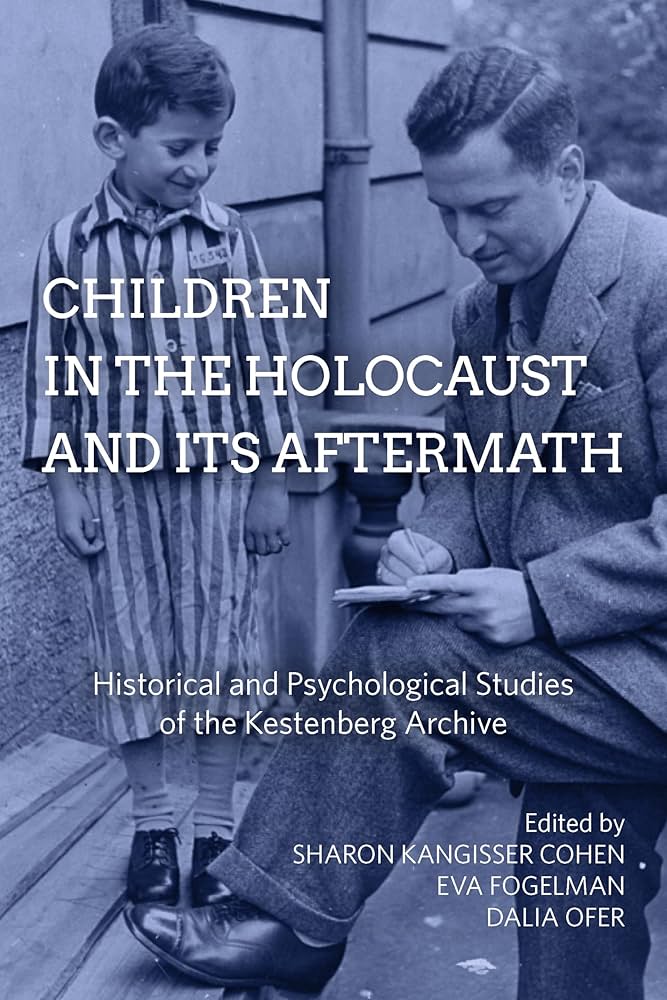To Be Interviewed, Contact Us
We interview child survivors of Nazi persecution and other persecutions, who were 0 – 14 years of age at the time persecution began in the country in which they were living.
We also interview those who witnessed Nazi persecution of children, as well as children of Nazis.
ISOPC’s transcribed and digitized archives now reside at The Kestenberg Holocaust Child Survivor Oral History Archive at The Avraham Harman Institute for Contemporary Jewry at Hebrew University, Jerusalem.
Judith Kestenberg was a psychoanalyst, and Milton Kestenberg was an attorney who pursued reparations claims on behalf of Holocaust survivors. In their project, begun in 1982 as the International Study of Organized Persecution of Children (ISOPC), the Kestenbergs located a significant number of child survivors of the Nazi regime’s policies aimed at exterminating European Jewry. The survival of these children was the extraordinary and entirely unpredictable result of various maneuvers by Jewish parents to protect their children from an almost certain fate by placing them with Catholic neighbors or in convents and monasteries. Among the survivors were also children who had been hidden underground or with partisans in the forests and those who survived with their parents in cellars and other hideaways on remote farms. The children varied in age. All of them, regardless of their specific circumstances, were subjected to conditions that the Kestenbergs understood to be trauma inducing. “The project engaged mental health professionals from all over the world who began interviewing child survivors,” (170) and one of its purposes was to understand how children responded to these traumas and the consequences for adult adjustment and mental health.
Fass, Paula S. Review of Children in the Holocaust and its Aftermath: Historical and Psychological Studies of the Kestenberg Archive eds. by Sharon Kangisser Cohen, Eva Fogelman, and Dalia Offer. The Journal of the History of Childhood and Youth, vol. 11 no. 2, 2018, p. 281-283. Project MUSE, https://dx.doi.org/10.1353/hcy.2018.0043.
